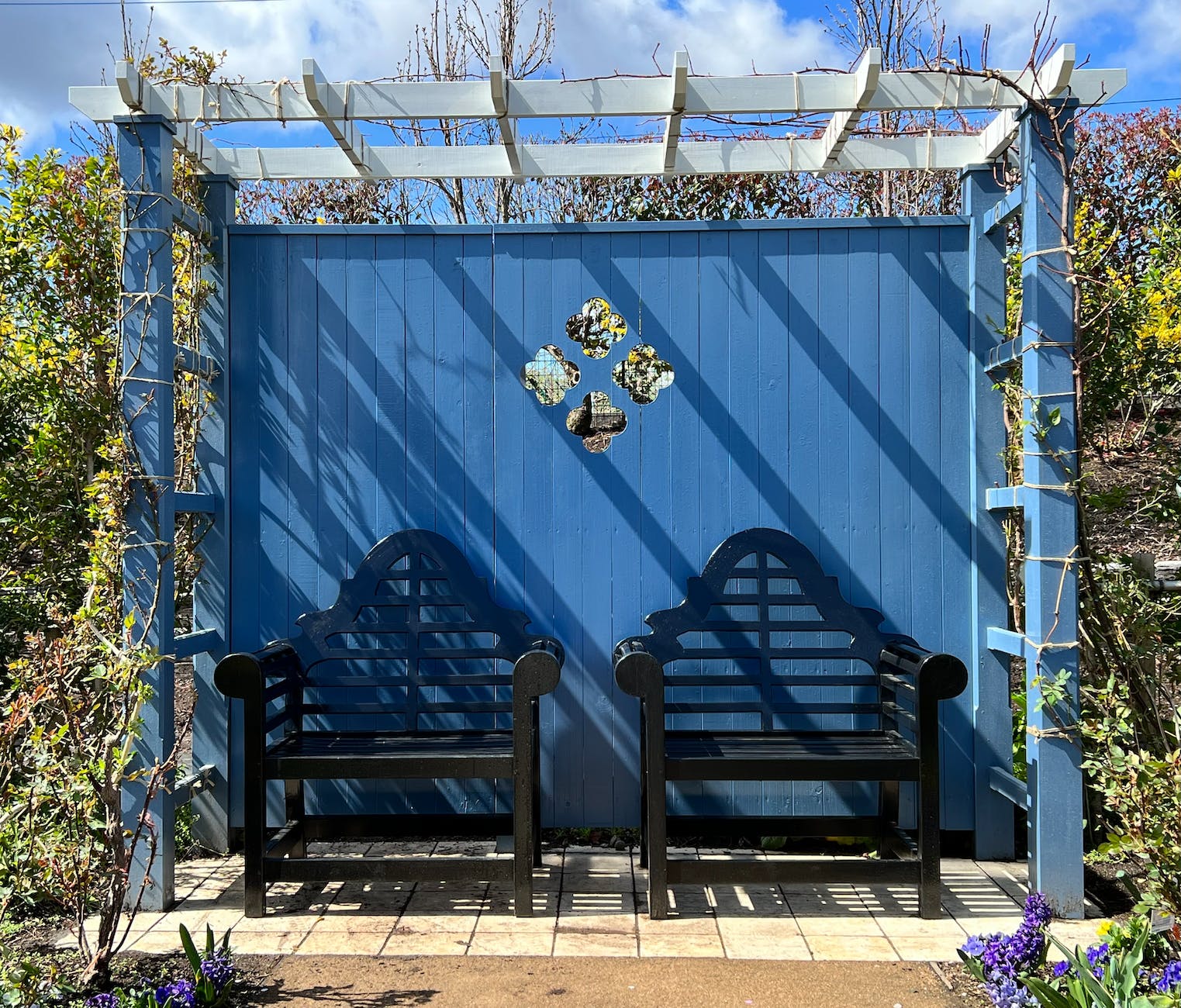
Pergolas are beautiful structures that are becoming increasingly popular among homeowners. They add interest and serve a practical purpose. When deciding on building a pergola, choosing the materials is critical. Since wood is the main component of the structure, this will be the first consideration.
What Is a Pergola?
Pergolas are outdoor structures that consist of supportive columns. Depending on the design, these structures include roof beams and grids left open or covered. Pergola structures may be freestanding or attached to the home. Select the best 12 x 12 pergola kit for a beautiful finished product.
Types of Wood for Pergolas
There are many types of wood available for pergolas. Researching the options and learning about each is critical. No matter the wood choice, homeowners must select one that is pressure-treated. Pressured-treated wood can withstand weather extremes without becoming damaged due to moisture exposure. Pressure-treated lumber will remain durable for many more years than untreated wood.
Western Red Cedar
Western red cedar is the most popular choice for pergolas because of its beautiful light red color. Western red cedar also offers a welcoming aroma that keeps insects at bay. In addition to its beauty, homeowners select this pergola material because it can withstand severe weather, is lightweight yet durable, and has a close and even grain for years of beauty. Many pergola kits are available offering this beautiful wood.
Pine
Pine is another popular wood choice for pergolas and is the most affordable option. Pine is highly rot resistant, especially when pressure treated. When first cut, it takes on a green appearance. As it dries, pine turns into a lovely golden brown and then an aged gray. To keep its golden brown color, homeowners can seal their pergolas to prevent the pine from aging further.
Douglas Fir
There is also the option of Douglas fir. Douglas fir is a popular wood for construction because of its strength and durability. Although it is favored for pergolas, it lacks the longevity of other wood choices like red cedar. Douglas fir is a reasonably moist wood, so it will take time to dry out and may need more than one paint coating.
What Are the Benefits of Building a Pergola?
Benefits abound when adding a pergola to your property. Homeowners considering adding a pergola to their properties should consider the following advantages.
· Pergolas provide an excellent area for outdoor dining and entertainment.
· Pergolas make a perfect poolside lounge area.
· Pergolas provide a beautiful segway from your home to the outdoors.
· Pergolas also make an ideal deck area.
· Pergolas create a perfect spot for unwinding after a long day and enjoying nature.
Discover the Options Today
Despite becoming increasingly popular over the last few decades, pergolas have been around since 1400 BC and were a significant part of ancient Egyptian culture. These outdoor structures provide beauty and interest to any backyard space and can offer a welcome respite from the sun’s heat.
Whether covered or uncovered, red cedar or pine, these wooden structures complete any landscape and are the ideal transition from the inside of your home to the outdoors. Pergola building kits make constructing a pergola much easier and less stressful for homeowners. Pergolas add a classy touch to your backyard design and work with all styles and color schemes. Make these structures a relaxing sitting area for family and friends to gather.


